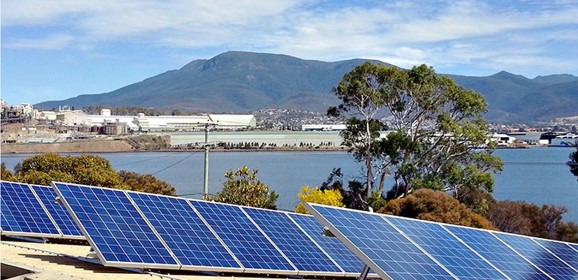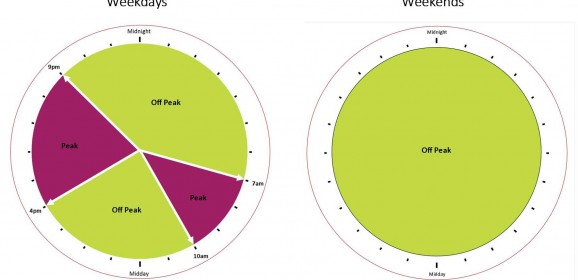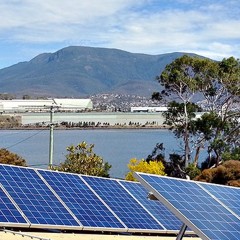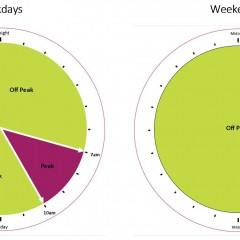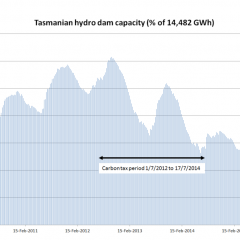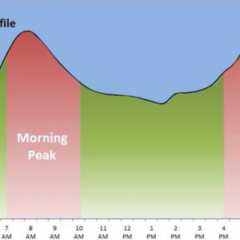Tasmanian Solar Feed-in Tariff Review
Update 6 December 2018: Read our article in The Mercury “Slamming the brakes on solar” (PDFs of print and online versions) Update 21 November 2018: Read our media release on the final report of the Solar FiT Review Update 6 August 2018: Our submission Solar for Tasmania’s Future is now available for download. The state government is conducting a review of the solar feed-in tariff and submissions are due by next Monday 6...
Aurora time-of-use tariff
Update 24 June 2020: Chart below now compares the various tariffs using the 2020-2021 prices. Update 10 Jan 2017. Note that these tariffs are in AEST (ie do not follow daylight saving changes). See official Aurora page for details of these tariffs. Aurora Energy introduced two new time-of-use tariffs, from 1 July 2016 on an opt-in basis. One for residential customers and one for small business customers. The residential Tariff 93 has...
Tasmania’s energy future: fossil or renewable?
The current Tasmanian energy crisis confronts us with a start choice for the energy future of Tasmania, either a retreat to fossil fuels, or an opportunity to take immediate action to ensure that the state has a future powered by renewable energy. Tasmania’s hydro dam levels have dropped every year since the 2012 peak of 62%. Spring 2015 saw inflows fall to less than half of the previous lowest record for that period, resulting in...
Support a fair go for solar in Tasmania – petitions close 3 November
Please sign our e-petitions to the Tasmanian House of Assembly and Legislative Council.* These petitions close on 3 November. By signing these formal e-petitions, your concerns will be tabled in Parliament and the government will be obliged to give a formal response. Many Tasmanians want to contribute to a renewable powered future by investing in solar PV but the solar industry has been undermined by repeated drops in the feed-in...
A new tariff option
TasNetworks is proposing the introduction of an opt-in ‘demand time of use’ tariff for residential and small business customers starting from July 2017. The new tariff is likely to be of most benefit to customers who can manage the time of their energy use. It may also allow customers with on-grid battery systems to manage their energy costs by storing grid or solar PV energy and using it to reduce peak time consumption. Background...
Tasmania heading the wrong way on renewable energy
Despite its abundant natural resources of hydro, wind and solar and its renewable energy infrastructure, Tasmania has joined the rest of Australia in doing a U-turn away from a sustainable future. Figures provided to TREA by Melbourne Energy Institute[1] show that in the financial year just ended, Tasmania spent $34m more buying dirty brown-coal fired electricity from Victorian than it earned exporting renewable energy to the...

